It’s no secret that games get cancelled all the time. In the indie development scene especially, it’s likely that more games never see the light of day than get released. And who knows how many games are started by AAA developers that we never hear anything about?
Our little niche of dragon-centric games is no exception to this, and since most new dragon titles are tackled by indie devs, we’re even less likely to see finished products. Steam is too full to count of dragon games that have been abandoned by their devs, but today I’m focusing on just a handful of the most interesting or high-profile games that have been thrown in the bin.
Emberfall
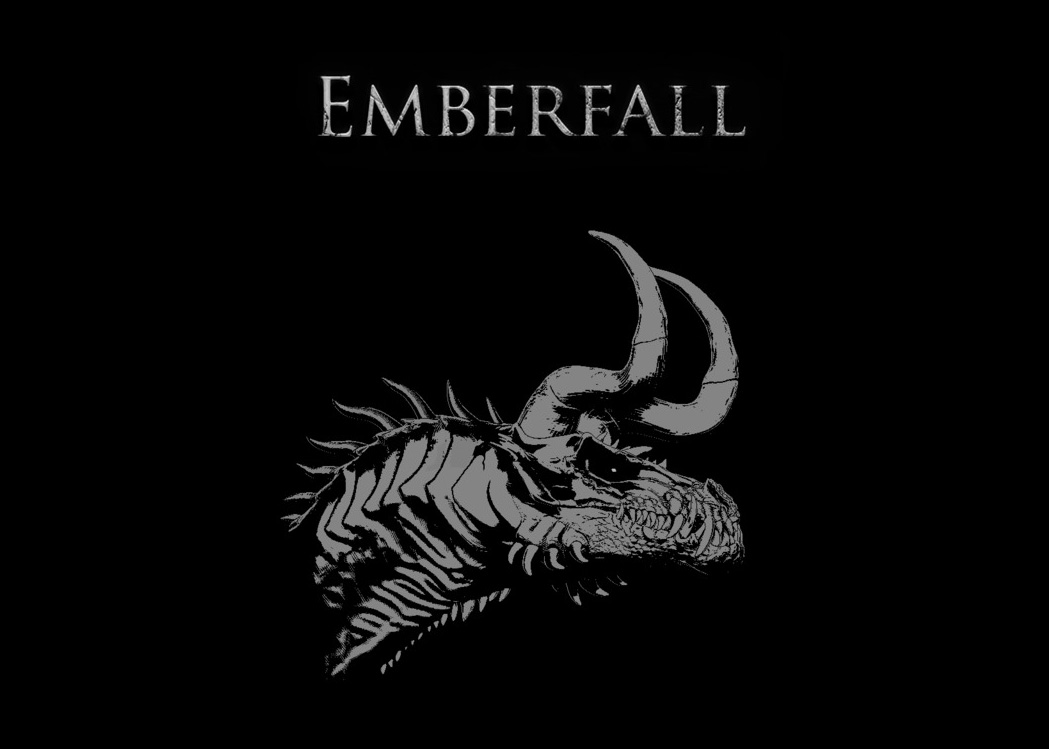
Our first entry is a weird one. The first mention of Emberfall I had seen was from Youtuber Velocci’s 2021 Upcoming Dragon Games video, though he only shows a tiny bit of development footage. Emberfall was apparently supposed to be some sort of multiplayer action-adventure RPG where humans and dragons were pitted against each other. It sounds like the game was to have crafting and survival mechanics, all set in a typical medieval fantasy setting.

The one dragon model I’ve seen looks great. A couple of artists‘ Artstation pages still have some models up, and judging from the rest of their portfolios, we may have seen some more dinosaur-inspired dragons had the game been finished. I don’t know how far in development this game got before its cancellation, but, at least at the time of Velocci’s aforementioned video, it was not yet in a playable state.
Sometime around late 2020 or early 2021, however, nearly all mention of Emberfall disappeared from the web. Their website, Discord server, and social media pages were all wiped from existence, and all that remains appears to be some bits of concept art and game models scattered around the internet.
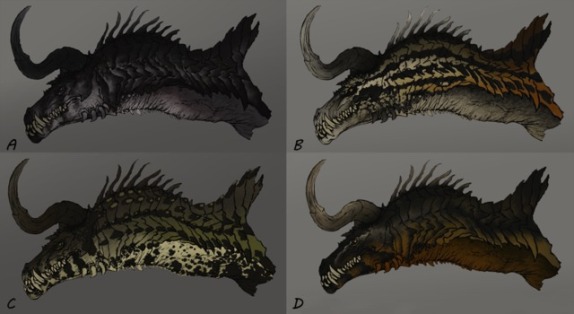
So what happened? The consensus seems to be problems with the team’s lead developer, according to user Sound on the Draconia discord:
In regards to Emberfall, what actually happened that the lead dev was admittedly fairly absent most of the time and not too great at giving us direction (The artists at least) so their second in command ended up filling that role and helping out the artists, giving pointers and helping us make better end products. Lead dev turned on this guy out of the blue, near christmas might I add, and nuked from from the discord and blocked them everywhere.
From there they got really scary, coming at us with ndas and essentially demanding invoices for all our work. Might I add for the entirety of our time there we were all unpaid 🙃 With promises of payment once the game started selling. Honestly it was bad enough to nearly give me an anxiety attack with how stressful that day was lmao
And get this, when they asked for the invoice regarding George, one of the designers and environmental artists the Lead accused them of their prices being too high (Despite him giving her lowered rates which they agreed on to begin with). So yes, the artists, including myself did leave with all our work
But it was because the lead dev wouldn’t pay the guy who arguably deserved it the most.
With so little info to go on, it’s hard to say how good or bad this game could have been, especially when the multiplayer survival genre is already so saturated. It’s always sad to see an indie game fall prey to development and personnel issues, but maybe some of the remaining artists and developers will take up Emberfall‘s mantle someday.
Monster Hunter Dreams
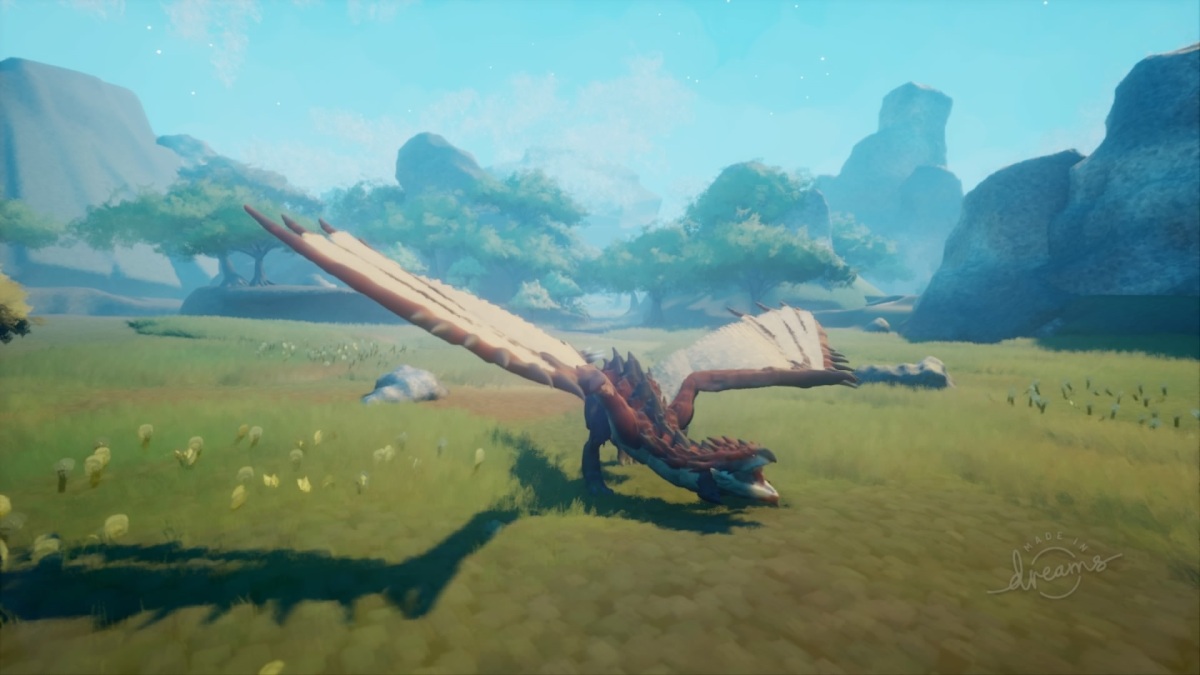
Entry two is a bit less of a game and more of an individual’s passion project. Twitter/Reddit user Bluerith was using the Playstation 4 game Dreams to develop a game set in the world of Monster Hunter, but using the monsters themselves as playable characters. The project was planned as a sort of PvE survival RPG type game, though it was obviously in its early stages and limited by the Dreams platform. The plan was to be able to fight both hunters and other monsters, with survival as a primary focus.
The models and animations were looking fantastic. The world of Monster Hunter contains a huge variety of monsters besides dragon-types, but we did get to see a playable Rathalos (a classic wyvern-looking monster) in addition to a Velocidrome (a smaller raptor-like monster). I personally would have bought a copy of Dreams just to mess around as some of my favorite Monster Hunter creatures.
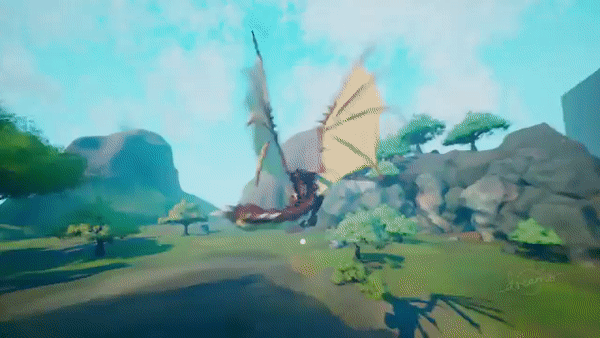
Sadly, in May 2021, Bluerith announced on their Reddit profile that they had been contacted by Capcom to discontinue work on the project. It’s a shame, but always a risk that’s run when working on fan projects for existing IPs. Bluerith seemed to be making great use of the Dreams game development tools, and it sounds like they’ve moved on to developing in Unreal for future projects. I hope to see more dragon-centric games from them in the future!
Scalebound
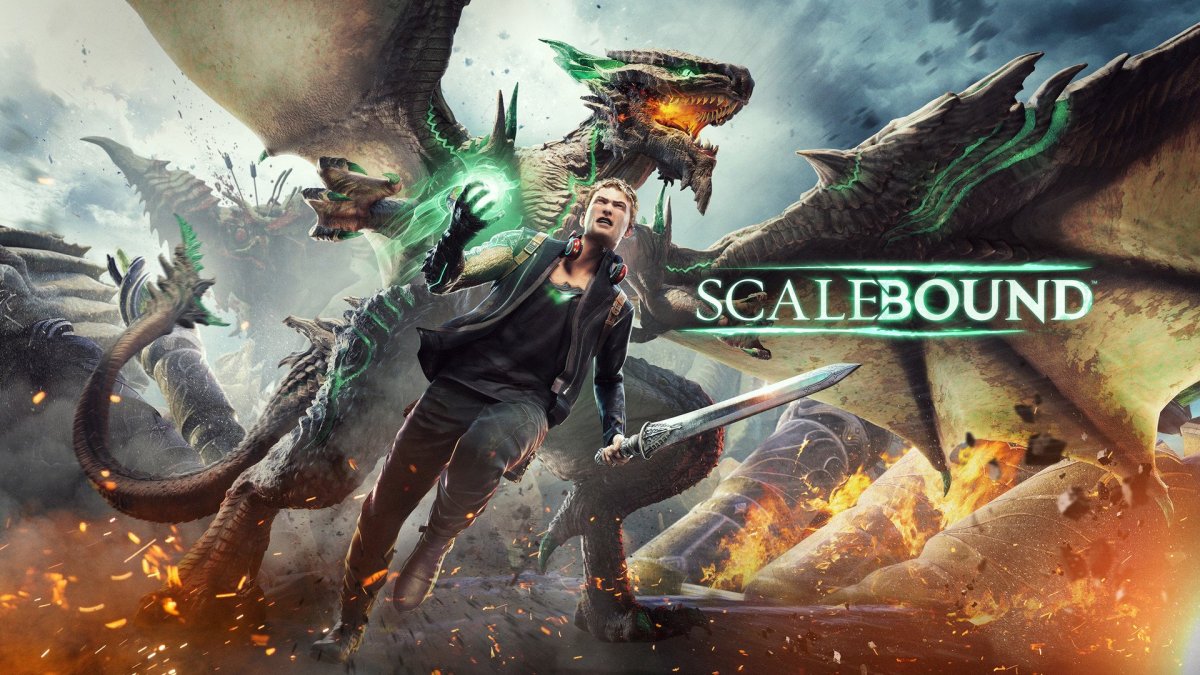
Probably the most widely-known dragon game casualty is Scalebound, developed by Platinum Games (of Bayonetta fame) and published by Microsoft. Scalebound was going to be an action RPG focused on a young male protagonist named Drew, apparently somehow transported from our modern world to the world of Draconis (enter cliché dragon-themed world name), where he fights alongside his bonded dragon companion, Thuban.
Moment-to-moment gameplay focused on Drew, who used weapons and abilities to fight. He also had a weird dragon arm — a visualization of his bond to Thuban — which granted him additional abilities like scanning enemies for information, healing his dragon friend, or allowing him to transform into a humanoid dragon form for greater fighting abilities. Thuban himself was AI controlled, though Drew could issue him commands such as where to attack and move. Drew could also enter a “Dragon Link” mode where he could directly control Thuban from Drew’s first-person perspective, but which left him vulnerable to enemy attacks. You could ride Thuban to some degree, but that appears to have been the extent of player control over him. The bond between the characters meant that if one was killed, the other would die as well. Some sort of four-player cooperative online multiplayer was planned, though we unfortunately never got the full details on how that was to be implemented.
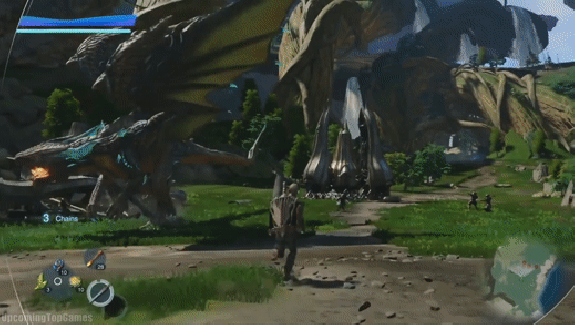
What I found most interesting about Scalebound as I researched the game was how much the deeper gameplay systems focused on your dragon companion. The story focused on Drew, but he was meant to be a fairly static character gameplay-wise, outside of leveling up, getting new weapons, and so on. But the player didn’t really get many customization options for him. Most of that was left for your dragon. There were three types of dragons: “rex,” which was Thuban’s default mode; a quick-maneuvering aerial “wyvern;” and a four-legged, slower and stronger “tank” dragon. Throughout the game, you could upgrade and shift your dragon between these types, which would influence his growth and attributes. This was meant to allow you to create an entirely unique dragon, built around your own gameplay and aesthetic preferences, and one that could be continually adjusted as you played. Additionally, you could purchase armor to augment your dragon’s offensive and defensive capabilities. Hideki Kamiya, the game’s director, really wanted these mechanics to emphasize your growing bond with Thuban, saying: “…The more you invest in that dragon and in your relationship with that dragon, the more that dragon becomes yours.”
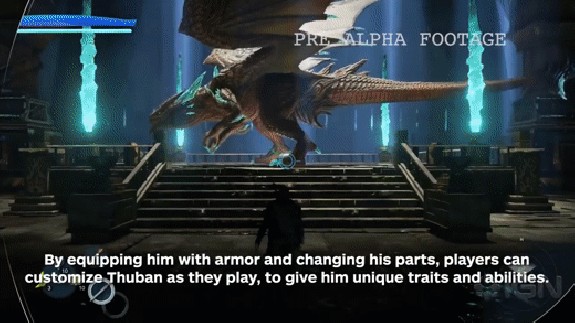
This focus on the bond with your dragon got me more and more excited as I read about it. I didn’t follow Scalebound closely when it was originally shown off; the goofy, kind of cringey protagonist turned me off of it and I assumed the dragons were just an afterthought. But throughout the game, your bond with your dragon companion was meant to grow and change, and that would reflect in the gameplay. You could unlock joint attacks, and Thuban would become more friendly and helpful. You weren’t meant to even be able to ride him at the beginning; you needed to grow closer before he would let you on his back. You could gain additional skill points to level him up by healing him or assisting him in battle. Much like Trico in The Last Guardian, Thuban was supposed to be a truly independent character, one that might not always respond perfectly to your commands. In the bit of gameplay we got to see, Thuban would fight alongside you, but he would also venture ahead sometimes as you traversed the world, making him feel more like an independent companion in the world, as opposed to some mindless NPC trailing along behind you awaiting your every command.
While I paid no mind to Scalebound‘s cancellation at the time, now I feel mournful for what could have been. It definitely didn’t look perfect: most people didn’t like the protagonist, the little bit of dragon riding we saw looked rather slow and not very interesting, and I can’t see how multiplayer makes any sense given the focus of the story on this particular human character. But it may have brought a new perspective on dragons in games, and it seemed like Kamiya was intent on that result.
Microsoft canned the project in early 2017, with the reasoning later being stated that it may not deliver on players’ expectations. Platinum Games has said that the blame falls on both sides, and that they weren’t experienced enough to produce what they had envisioned. Maybe Microsoft demanded too much, or Platinum just had too broad of a scope. Either way, fans were furious at the time, and Kamiya has continued bringing the game up over the years. He said that he had always wanted to make a game with dragons as companions instead of enemies, and that “Scalebound is the title in which I can finally realize my dream.” I hope that he can still achieve that dream one day, so that all of us dragon-loving gamers can experience it.
